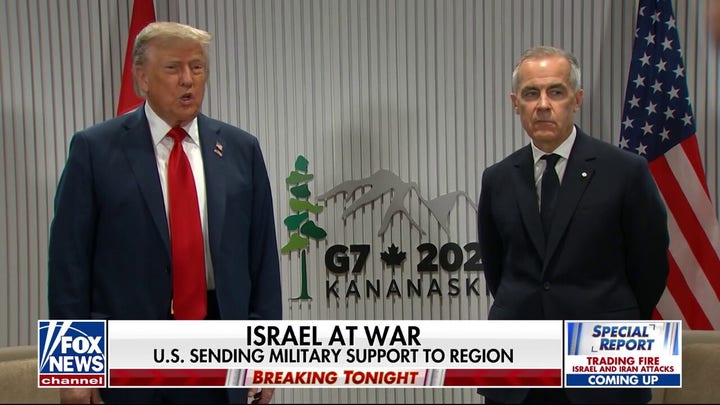President Donald Trump came back into office promising no new wars. So far, he’s kept that promise. But he’s also left much of Washington — and many of America’s allies — confused by a series of rapid, unexpected moves across the Middle East.
In just a few months, Trump has reopened backchannels with Iran, then turned around and threatened its regime with collapse. He’s kept Israel at arm’s length — skipping it on his regional tour — before signaling support once again. He lifted U.S. sanctions on Syria’s Islamist leader, a figure long treated as untouchable in Washington. And he made headlines by hosting Pakistan’s top general at the White House, even as India publicly objected.
For those watching closely, it’s been hard to pin down a clear doctrine. Critics see improvisation — sometimes even contradiction. But step back, and a pattern begins to emerge. It’s not about ideology, democracy promotion, or traditional alliances. It’s about access. Geography. Trade.
More specifically, it may be about restarting a long-stalled infrastructure project meant to bypass China — and put the United States back at the center of a strategic economic corridor stretching from India to Europe.
The project is called the India–Middle East–Europe Corridor, or IMEC. Most Americans have never heard of it. It was launched in 2023 at the G20 summit in New Delhi, as a joint initiative among the U.S., India, Saudi Arabia, the UAE and the European Union. Its goal? To build a modern infrastructure link connecting South Asia to Europe — without passing through Chinese territory or relying on Chinese capital.
IMEC’s vision is bold but simple: Indian goods would travel west via rail and ports through the Gulf, across Israel, and on to European markets. Along the way, the corridor would connect not just trade routes, but energy pipelines, digital cables, and logistics hubs. It would be the first serious alternative to China’s Belt and Road Initiative — a way for the U.S. and its partners to build influence without boots on the ground.
But before construction could begin, war broke out in Gaza.
The October 2023 Hamas attacks and Israel’s military response sent the region into crisis. Normalization talks between Saudi Arabia and Israel fell apart. The Red Sea became a warzone for shipping. And Gulf capital flows paused. The corridor — and the broader idea of using infrastructure to tie the region together — was quietly shelved.
